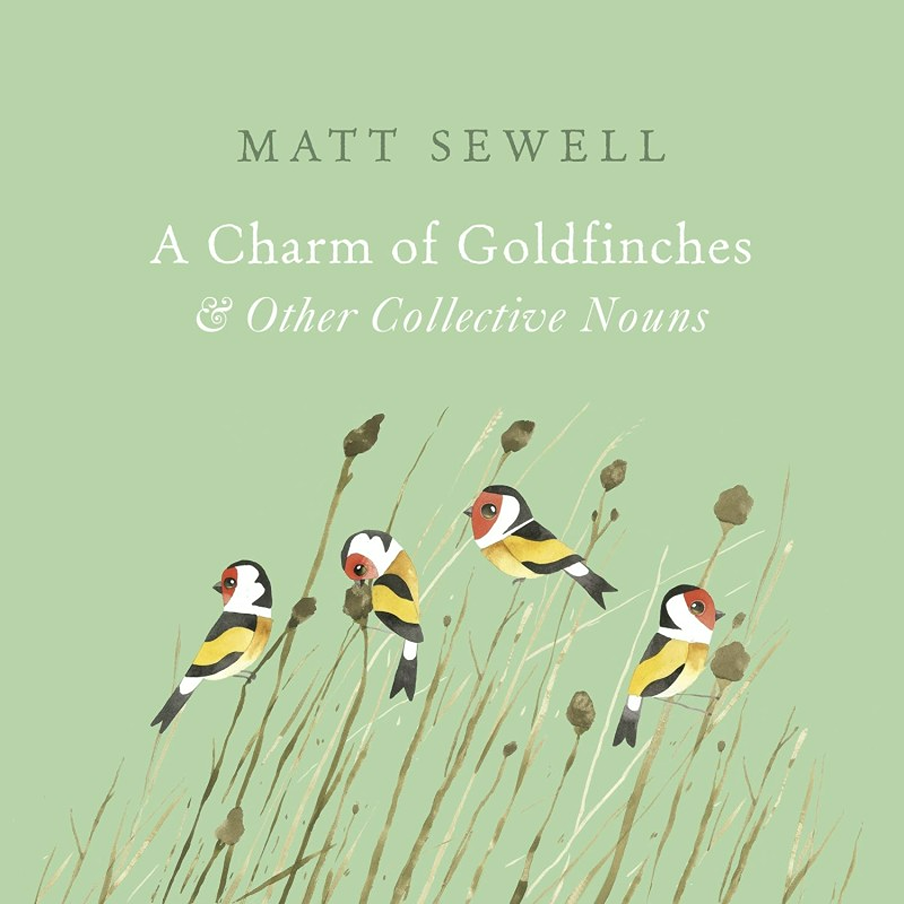Wainwright’s Coast-to-Coast Walk (St Bees to Robin Hood’s Bay)

Alfred Wainwright’s Coast-to-Coast Walk lets you cross northern England from St Bees (on the Irish Sea in northwest England) to end when you paddle your toes in the village of Robin Hood’s Bay, on the North Sea in East Yorkshire.
The Cumbrian part is more hilly, giving way to rolling hills of the east, or of course you can do it the other way around. Herdwick sheep of the lakes soon give way to the curly-horned Swaledales as you move on.
If you see a sheep on its back, you’ll have to right it if there is no farmer around. Just gently approach and grab a handful of wool, then place upright, and stay with it, until rain falls off.
You can walk a portion of the walk, or stay in guest houses for a walk that will take a few weeks. There is a train stop at St Bees (Robin Hood’s Bay is a short bus or taxi ride from Whitby).
Check tide times and avoid walking in bad light/weather). Follow the Countryside Code (don’t walk on sand dunes), and keep numbers on hand to report concerns for farm animals, wildlife or marine creatures.
Check for dog beach bans (avoid walks for 2 hours after long drives) and keep dogs away from cliffs, seaweed, palm oil (white waxy lumps), jellyfish and uncapped mine shafts.
Also keep dogs away from seals, coastal birds and coastal flowers (many are toxic). Read how to keep dogs safe at the seaside (and info on dog safety and hiking with dogs).
Who Was Alfred Wainwright?
Alfred was a fell guide writer, who took a pay drop to move the Lake District. After an unhappy first marriage, he married the love of his life (on condition that she walked several paces behind him, and didn’t talk on their walks!)
It seemed to work, as they remained blissfully happy until he died of natural causes, at a ripe old age.
Contours has accommodation (look for the pawprint icon for dog-friendly trails – you can book just part of the walk). Mickledore offers part-of-the-walk holidays too, but not everywhere is dog-friendly.
The Coast to Coast Path is the official 2024 guidebook. It features maps and route planners, plus details on places to stay and camp, plus local pubs. Or go for the older but more interesting guide by Alfred himself, with pictures (updated regularly).
You can report damaged paths or overgrown hedgerows. Alfred was extremely fond of nature and wildlife, and donated profits from his books to animal charities. A local animal shelter is even named after him.






